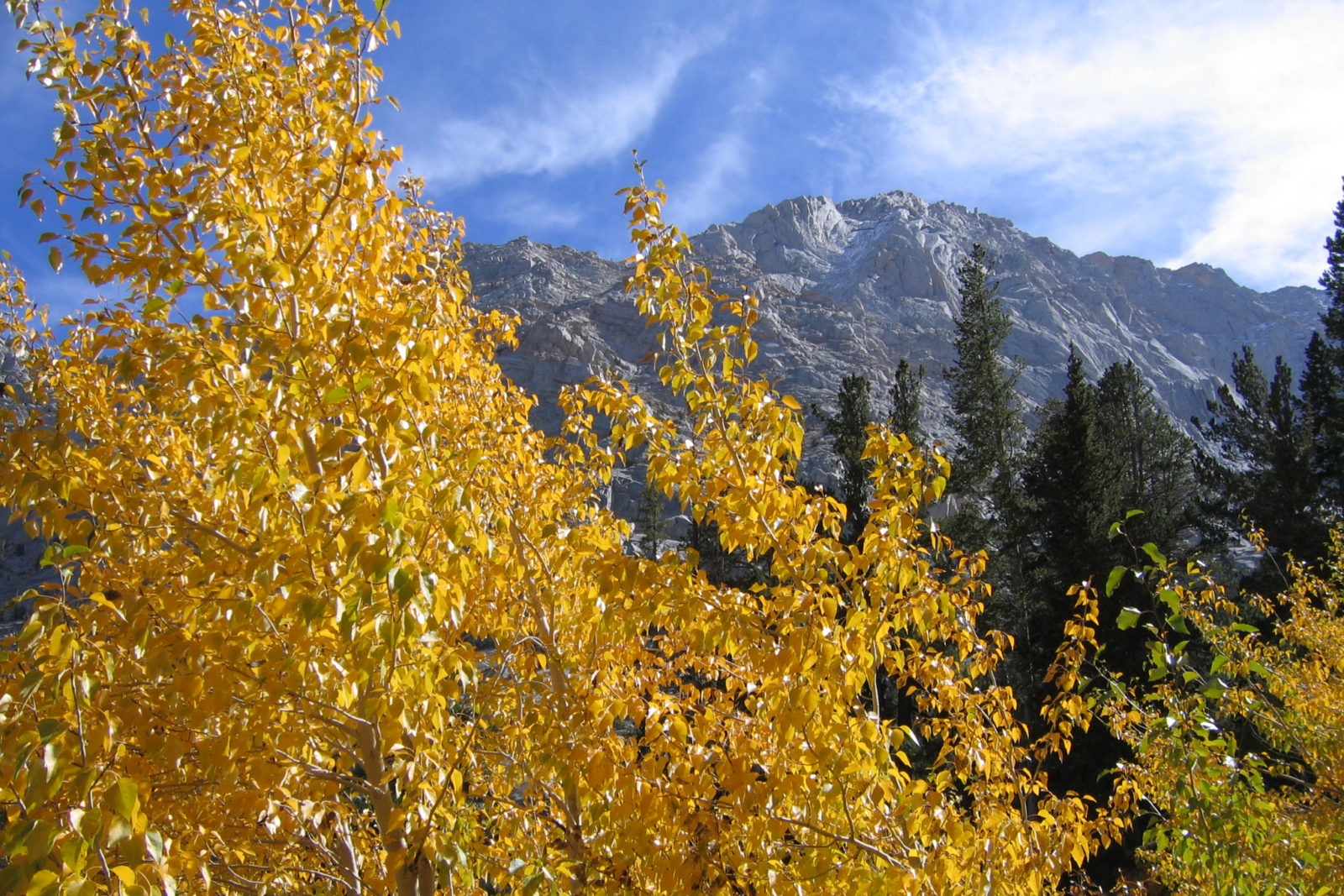When it comes to responsible land conservation and preservation of habitat, the U.S. historically hasn’t done a bad job. California in particular has long been a national leader, and innovator, in preserving ecosystems and large swaths of the environment as parks and wilderness. Perhaps only in a nation as large and rich as the United States, with such abundant natural heritage, could these ideas have so successfully taken root at the time that they did. I’m not so sure they could even germinate today.
We’ve arrived in an era where daily assaults are being made from the halls of Congress, state legislatures, and even local government on long-standing, constructive environmental policy that has benefited all Americans. Generations of Californians have come of age since the 1960s and 70s who don’t remember, and have no connection to, the campaigns and struggles that set aside for preservation many of the special places we take for granted today.
For many Californians, there’s permanence in the rot-resistant forests of the Redwoods and the sculpted granite of Yosemite. There should be. The only natural enemy of the Redwoods is the greed of mankind. And it was only through the dogged persistence of thoughtful individuals and organizations, in some cases going back well over 100 years ago, that the Redwoods were not laid to waste by logging, and Yosemite was spared the indignities of freeways, sprawl development, and today’s “extreme” recreation of dirtbikes, off-road vehicles, and related thrillcraft.
There’s a feeling too that places like Torrey Pines or Anza-Borrego have always been there as beacons of conservation, standing as a bulwark against development. But it was only through determined, citizen-led grassroots efforts demanding protection that both those locales were set aside, along with Palomar Mountain, as California State Parks in 1933.
It is telling, and says something about the abilities of those organizations and the character of government at the time, that in 1933 – in the midst of the nation’s worst financial crisis – California and the nation were willing to afford protection and responsible management to endangered areas with the power and resources only good government can muster.
It is an example that continues today when a president designates a National Monument, or when communities come together to say no to a freeway through a canyon or open space, a nuclear power plant in a canyon, or unnecessary development running roughshod over environmental best practices in areas supposedly preserved for conservation. What do you do when government has rid itself of the institutional knowledge of conservation and the environment?
Too many elected officials are willing to craft anti-environmental policy, whether by design or consequence, based on short-term selfishness and special interest-driven talking points. Just as bad, perhaps worse, are the myriad of lawmakers who queitly go along with such policy without acknowledging the need to adhere to the law of already-standing-standing policy. We need elected officials, pundits, surrogates, voices of reason – and ultimately, us – to take action and push back against those darker impulses that will use any justification no matter how progressive sounding, to destroy., and continue leading in the spirit of responsible, quality government on all fronts. It is up to us to speak truth loudly to power, and ensure those “better angels” come to pass.
John Muir Wilderness photo © 2005 Tommy Hough, all rights reserved.

